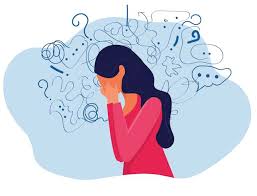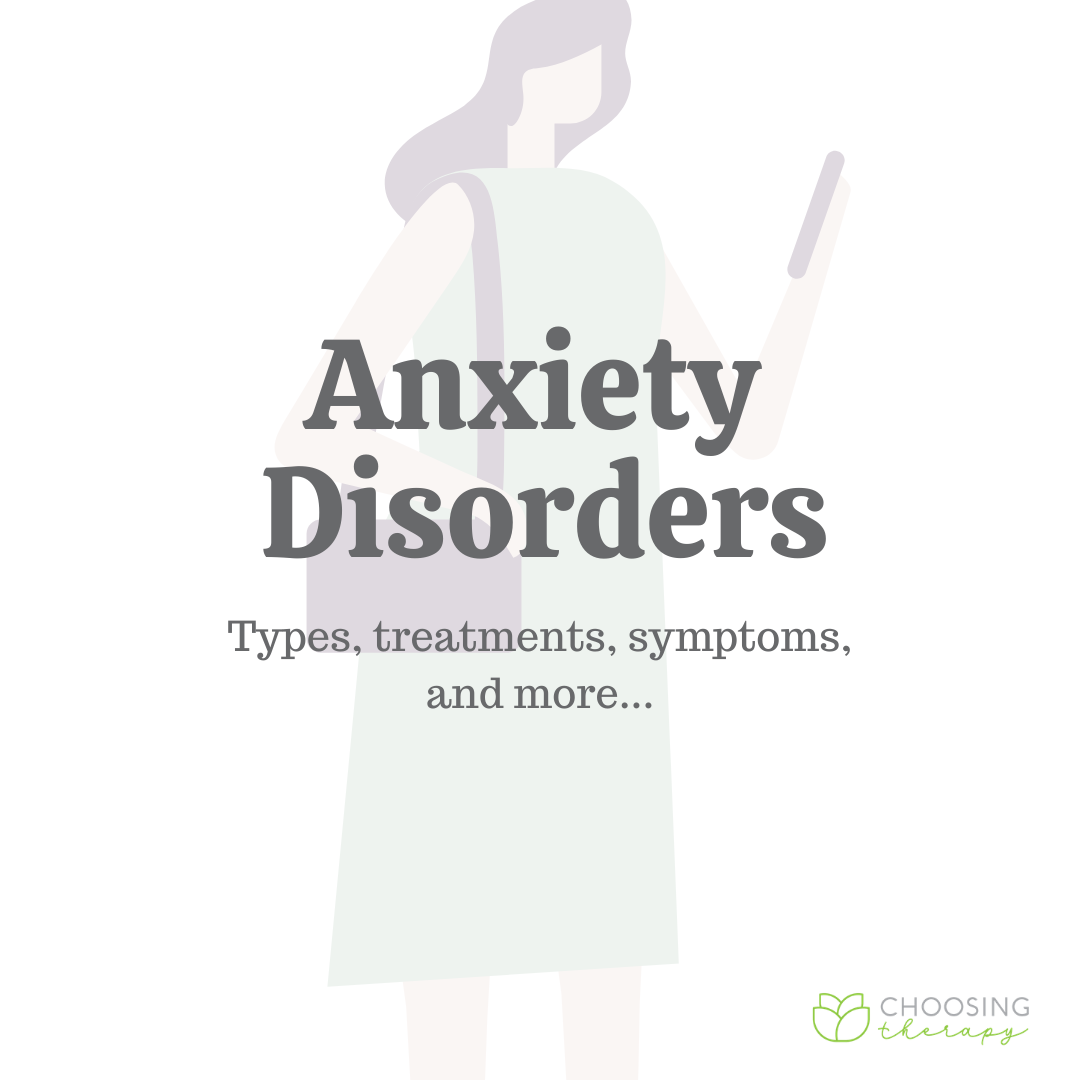Anxiety disorders and attention deficit hyperactivity disorder (ADHD) are two of the most prevalent mental health issues impacting people globally, including adults and children. Although they have always been seen as separate conditions, new research has shown that anxiety disorders and ADHD share many characteristics, pointing to a complicated interaction between the two. It is essential to comprehend this relationship for efficient diagnosis and therapy.
An overview of anxiety disorders and ADHD
The hallmarks of ADHD disorder are impulsivity, hyperactivity, and inattention that are out of proportion to the person’s developmental stage and severely hinder day-to-day functioning. Conversely, anxiety disorders comprise a spectrum of illnesses characterized by overwhelming fear or concern, such as panic disorder, social anxiety disorder, generalized anxiety disorder, and particular phobias.
Co-occurrence and Prevalence
Research has indicated that the prevalence of anxiety problems is considerably higher in those with ADHD as opposed to the general population. Anxiety disorders are thought to be far more common in people with ADHD—between 25 and 50 percent—than in people without ADHD. On the other hand, there is a bidirectional association between anxiety disorders and ADHD, with those who suffer from them also likely to have ADHD.
Similar Symptoms and Difficulties in Diagnosis
The overlap in symptoms between anxiety disorders and ADHD is one factor contributing to their significant co-occurrence. Both disorders may present with irritability, restlessness, and trouble concentrating. These common symptoms may make diagnosis more difficult and result in an under- or incorrect diagnosis. For example, a youngster who exhibits inattention and restlessness may be largely diagnosed with ADHD, with underlying anxiety going undiagnosed. In a similar vein, an adult who struggles to focus and experiences constant worry may receive treatment for anxiety instead of possible ADHD.
Genetic and Neurobiological Factors
Their neuronal foundations are similar to those of anxiety disorders and ADHD. Dysregulation in the brain’s executive function networks, namely in the prefrontal cortex, is linked to both diseases. Studies using neuroimaging have shown that people with anxiety disorders and ADHD share abnormalities in brain function and structure. Furthermore, genetic research indicates that there can be similar genetic vulnerabilities between the two illnesses. ADHD and anxiety problems have been linked to certain gene variations implicated in neurotransmitter modulation, specifically in the dopamine and serotonin pathways.
Developmental Aspects
There can be variations in the correlation between anxiety and ADHD depending on the stage of life. ADHD symptoms are common in youth, but anxiety symptoms can also become more noticeable as people age. Adults and adolescents with ADHD are more likely to experience anxiety disorders in the future; this may be because of the cumulative impact of social, academic, and professional obstacles. It is also important to note that the occurrence of both illnesses in childhood is associated with a higher likelihood of severe impairment and worse long-term results, highlighting the significance of early detection and care.
Effects on Life Quality and Functioning
The deficits linked to each illness may worsen if anxiety disorders and ADHD coexist. When compared to people with either illness alone, people with both conditions typically have more severe symptoms and a higher degree of functional impairment. They are more likely to have mental distress, social issues, and academic challenges. Lower self-esteem, a higher likelihood of substance misuse, and a higher incidence of comorbid depression can result from the combined effect.
Methods of Therapy
Co-occurring ADHD and anxiety disorders must be treated effectively with a multimodal, all-encompassing strategy. It has been demonstrated that behavioral therapies, like cognitive behavioral therapy (CBT), are beneficial in treating both diseases. CBT can assist people in reducing anxiety symptoms, strengthening executive functioning, and creating coping mechanisms. Parent education programs that address anxiety reduction and ADHD symptom management specifically for kids can also be helpful.Medications designed to treat anxiety and ADHD in combination are frequently used in pharmacological treatment. While stimulant drugs like amphetamines and methylphenidate are frequently recommended for ADHD, some people may experience worsening of their anxiety symptoms. Alternatives that don’t include stimulants, such guanfacine and atomoxetine, can work well. Selective norepinephrine reuptake inhibitors (SNRIs) and selective serotonin reuptake inhibitors (SSRIs) are commonly used to treat anxiety. To control side effects and maximize results, it’s critical to regularly assess how the drug is working and to modify the treatment plan as necessary.
Coordinated Care and interdisciplinary Teamwork
The most successful strategy is frequently integrated care including a multidisciplinary team due to the complexities of co-occurring ADHD and anxiety disorders. Primary care doctors, psychologists, psychiatrists, and educational specialists may be on this team. Together, they work to provide thorough evaluation and therapy. Coordinated management of both illnesses is made easier by integrated care models, which guarantee that therapies are comprehensive and customized to meet the specific needs of each patient.
The Function of Support and Psychoeducation
An essential part of treatment for both individuals and families is psychoeducation. Individuals and families can be more empowered to manage ADHD and anxiety disorders more skillfully if they have a better understanding of the disorders’ nature, symptoms, and interactions. Resources and support groups can offer further help, making people feel less alone and more prepared to face the difficulties brought on by these conditions.
Research and Future Paths
Further investigation is necessary to further our comprehension of the relationship between anxiety disorders and ADHD. Studies with a longitudinal design can shed light on the evolution and interactions of these conditions across time. Research into biomarkers that can help with the diagnosis and management of co-occurring anxiety and ADHD is also necessary. Developments in neuropsychological testing, genetics, and neuroimaging show promise for enhancing the precision of diagnoses and creating focused therapies.Furthermore, investigating how environmental elements like stress, trauma, and family dynamics affect the onset and progression of anxiety and ADHD disorder might help design preventative and intervention plans. Examining the effectiveness of newly developed therapies, such as innovative pharmaceuticals and integrative methods like neurofeedback and mindfulness, might increase the pool of useful interventions.
In summary
In clinical practice, the intricate and varied relationship between anxiety disorders and ADHD must be carefully considered. The necessity for integrated, customized treatment approaches is highlighted by the high frequency of co-occurrence, common symptoms, and overlapping neurobiological causes. Healthcare professionals can improve outcomes and improve the quality of life for people with ADHD and anxiety disorders by identifying and treating the interactions between these disorders. Further investigation and cooperation among interdisciplinary groups will be crucial in improving our comprehension and management of these prevalent and frequently connected mental health issues.





